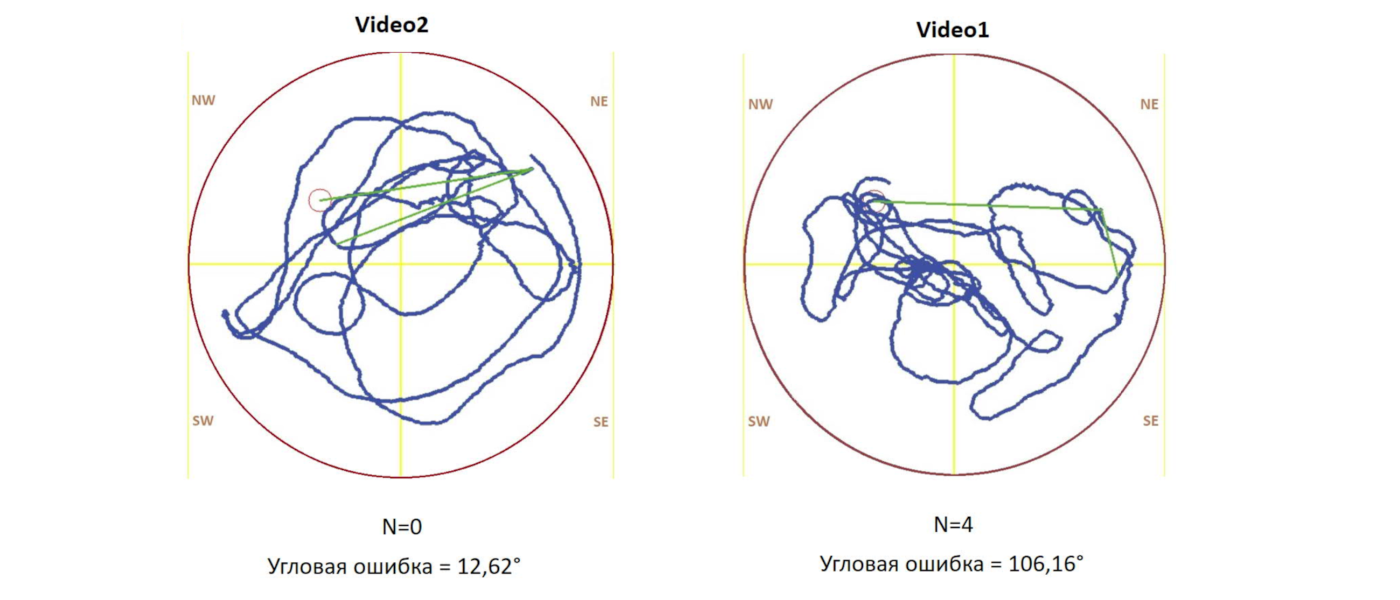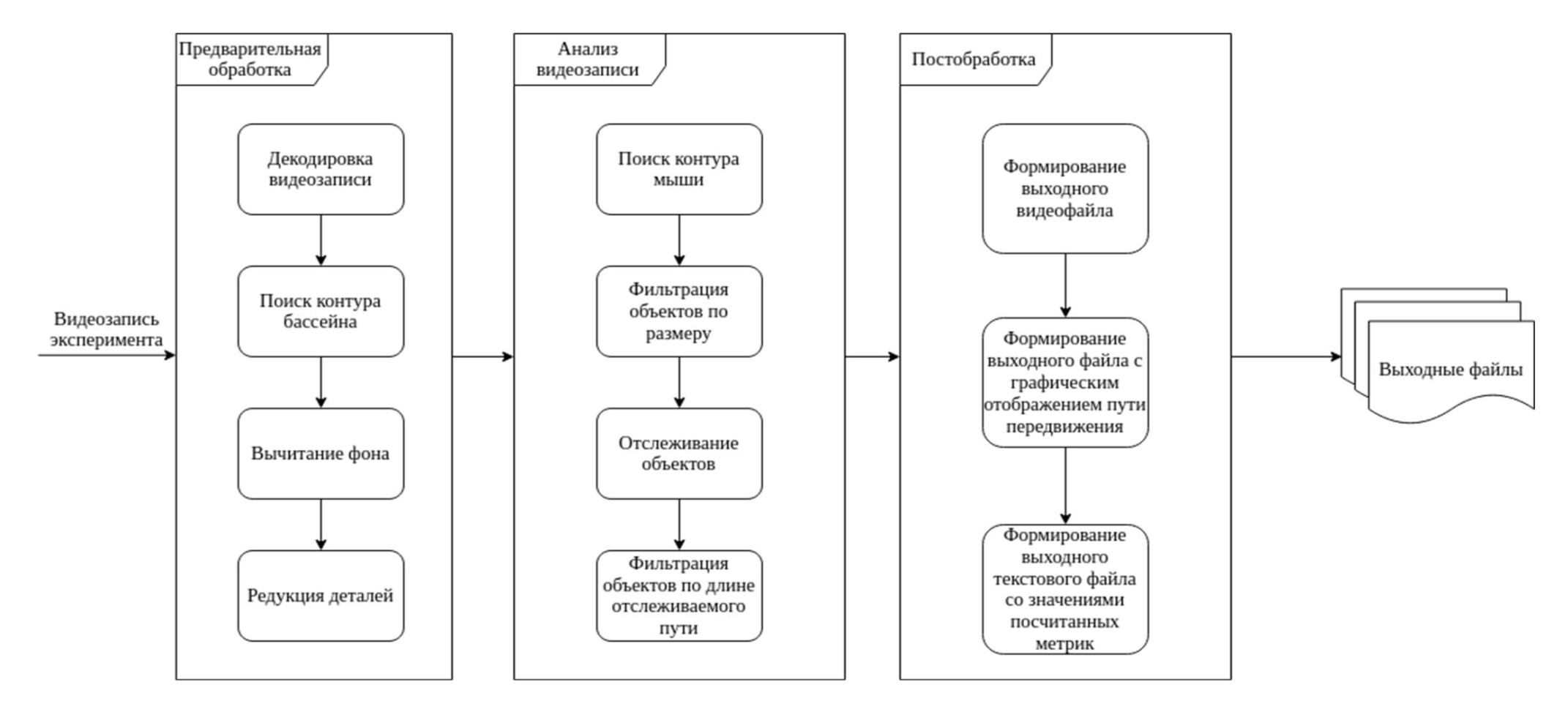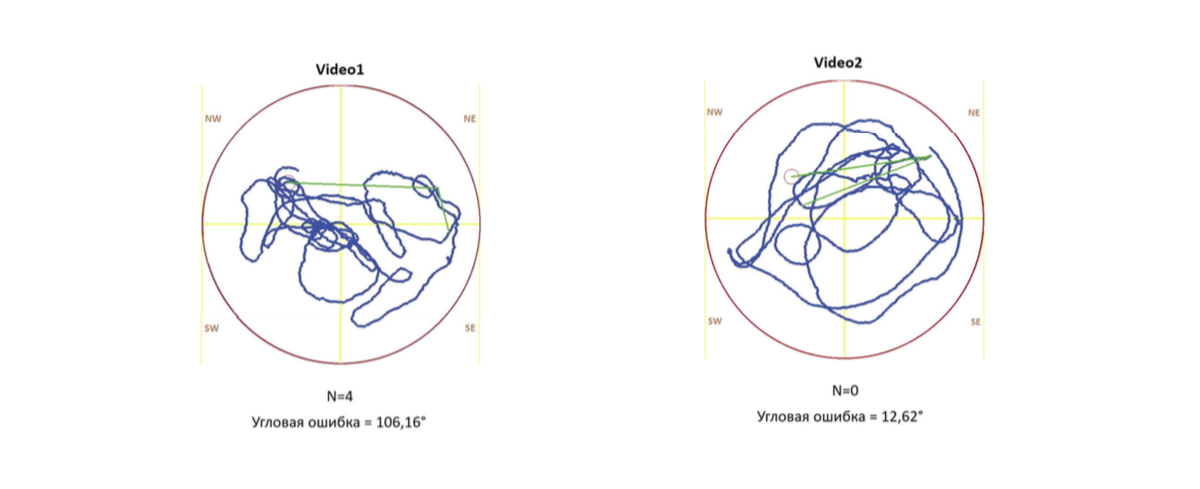Software for analyzing behavioral strategies of mouse models
Program for automated tracking and moving analysis of laboratory rodents for the Morris Water Maze behavioral tests conducted as part of neurodegenerative disease research.

Task
The Morris Water Maze (MWM) is one of the most popular behavioral tests for studying memory formation as a universal way to test cognitive function in rodent subjects. Animals, usually rats or mice, are placed in a large circular pool of opaque water. They can escape from the water to a platform hidden beneath it, which they cannot see or smell. The rodents memorize the location of the platform, and in the final experiment, they must find it in the space of the pool using only spatial memory. Rats and mice are good swimmers and are able to find the platform easily, even if they have suffered various brain lesions.
Due to its features, MWM has become the gold standard for the study of spatial memory and learning processes; it is on the list of essential tests for phenotyping mutant and transgenic mice and is often used as a general analysis of cognitive function in various diseases and influences.
Based on the test results, it is possible to detect deviations of memory and learning function, which makes it indispensable in the study of neurodegenerative diseases and testing therapeutic drugs to improve cognitive function. However, despite a wide range of possible applications, the use of this test is complicated by the laboriousness of data analysis, since all known high-quality automated tracking and moving analysis programs are the property of foreign commercial companies and have a high price.
The task of the employees of the ISSDP Laboratory was to develop a software product for the automation of the Morris water maze test. It was necessary to develop an accessible software solution for Russian researchers that would determine not only standard test parameters such as time spent on the test, speed, and trajectory length, but also, in contrast to foreign analogs, detect the search strategy of the tested animal. A comparison of behavioral strategies would provide more information about changes in the behavior of neurodegenerative mouse models. Such a set of parameters will more accurately describe all changes in the cognitive functions of the brains of the rodents studied in preclinical trials.
Taking into account the specifics of the Morris water maze test, the following requirements were formed to automate the data analysis process:
- Automatic tracking of the animal’s movement, taking into account the parameters of time, speed, and trajectory length
- Visualization of the animal’s movement strategy
- Comparison of behavioral strategies in different subjects.
The task was set as part of the project “Study of neural network activity changes caused by neurodegenerative diseases using artificial intelligence methods,” which is being implemented at SPbPU.
Solution
Minopontikos software was developed to automate the Morris Water Maze test, which allows analyzing a video file with a test results.
Minopontikos can quickly and qualitatively detect the trajectory of an animal’s movement in the water and determine parameters for assessing the cognitive memory and learning functions.
Currently, Minopontikos has no analogs on the Russian market and it is much more accessible to Russian researchers than similar foreign developments.
The Morris water maze behavioral test consists of training sessions of 1.5 minutes each, in which the mouse searches for a hidden (immersed in opaque water) platform in a circular pool. The learning session consists of 4 trials per day; the last, fifth day is a test session: the trials are conducted without the platform. The pool includes a height-adjustable white acrylic platform with a metal weight in the base with a diameter of 10 cm. The unit is additionally equipped with the VS 1304-1 digital video system with a portable telescopic tripod. The video system consists of a GigE Vision (DMK23GV024) high-sensitivity digital video camera and a Fujinon lens (YV5x2.7R4B-2). Video recording during the experiment is controlled by a desktop computer via a network connection.
The Minopontikos program is divided into three stages:
- Pre-processing of the obtained video recording;
- Analysis;
- Postprocessing.

Structure of Minopontikos software
At the preprocessing stage, the following takes place:
- Changing the video encoding from DVVIDEO to H.265 is implemented as a library written in the Rust programming language
- Object extraction using computer vision technology.
In addition to the task of finding the mouse on the frame, it is also necessary to solve the problem of tracking the movement of the found mouse for further measurement of various metrics. To solve this problem, a Kalman filter was used, which evaluates the state vector containing the target parameters, such as position and velocity, based on a dynamic model.
In the final step, the program creates a text file with data about the general parameters of the test run:
- Latent time of the platform
- The percentage time in the quadrant where the platform was located
- Angular search error
- Intersections of the zone of interest, where the platform was previously placed (for the trial test).
Based on the information obtained, the behavioral strategies of the test animals are evaluated.

Movement trajectories of two experimental mice
The figure shows the movement trajectories of two experimental mice. The trajectories are superimposed on the outline of the detectable area and the area of interest, where the platform was previously located during training; the designation of pool quadrants is also present. N is the number of intersections of the area of interest, calculated by the program.
Technologies
| Языки программирования и фреймворки: |
C++ / Rust |
| OS: |
Linux, Windows |
|
IDE: |
CLion |
| CVS: |
Git (Gitlab) |
Intellectual Property
Publications
This work was supported by a project grant from Peter the Great St. Petersburg Polytechnic University as part of the Program for Enhancing the Competitiveness of Russia's Leading Universities among the World’s Leading Scientific and Educational Centers (Project 5-100) for 2020 and with the support of Russian Science Foundation grant 19-15-00184 (I.B.)
Project team
-
Project director: Professor I.B. Bezprozvanny, Doctor of Biology, head of the Laboratory of Molecular Neurodegeneration of SPbPU, Professor at the HSBSiT IBSiB SPbPU
- Co-director: M.V. Bolsunovskaya, Head of the Industrial Systems for Streaming Data Processing Laboratory, NTI Center, SPbPU
-
Lead developer: A.G. Zorin